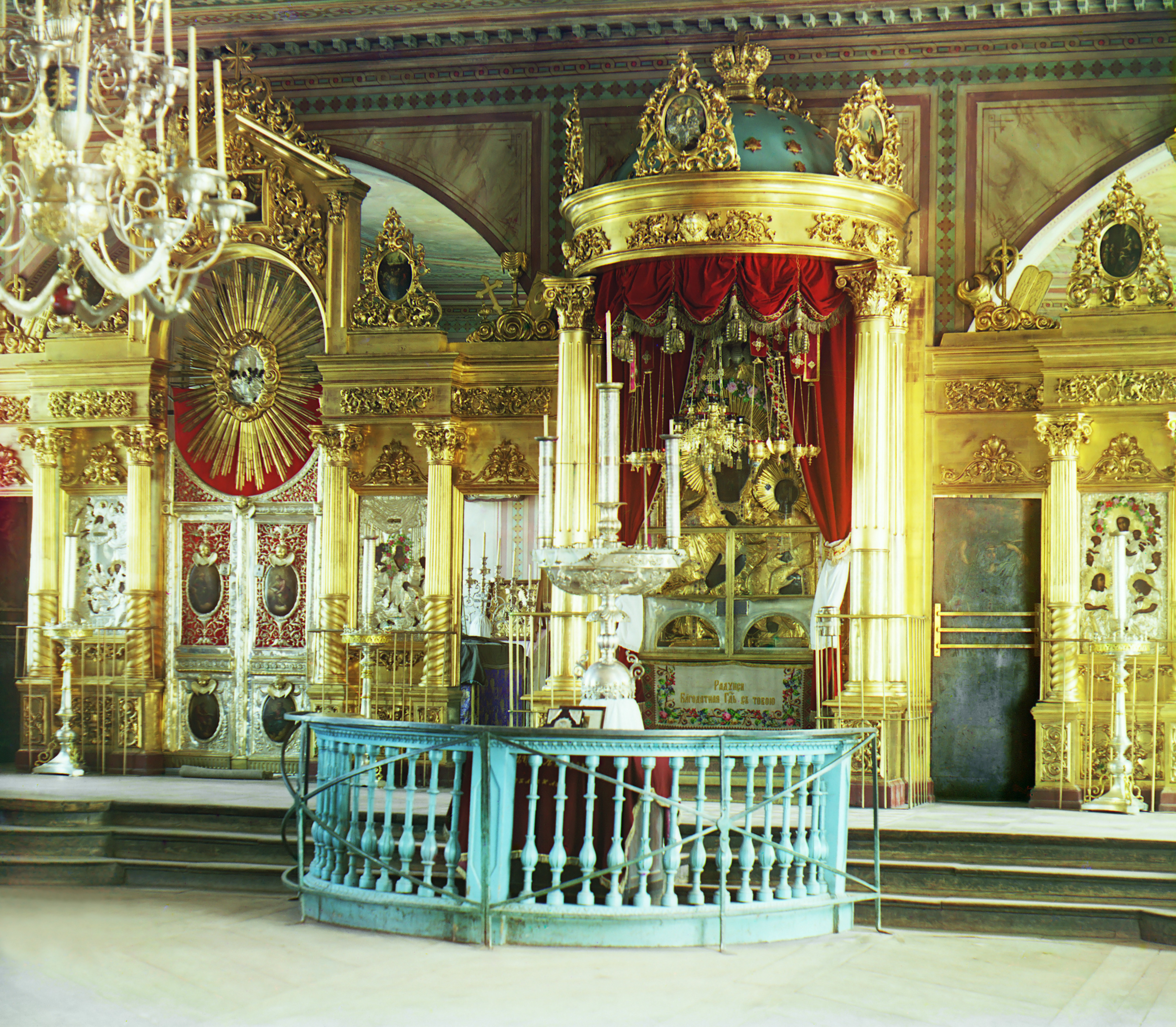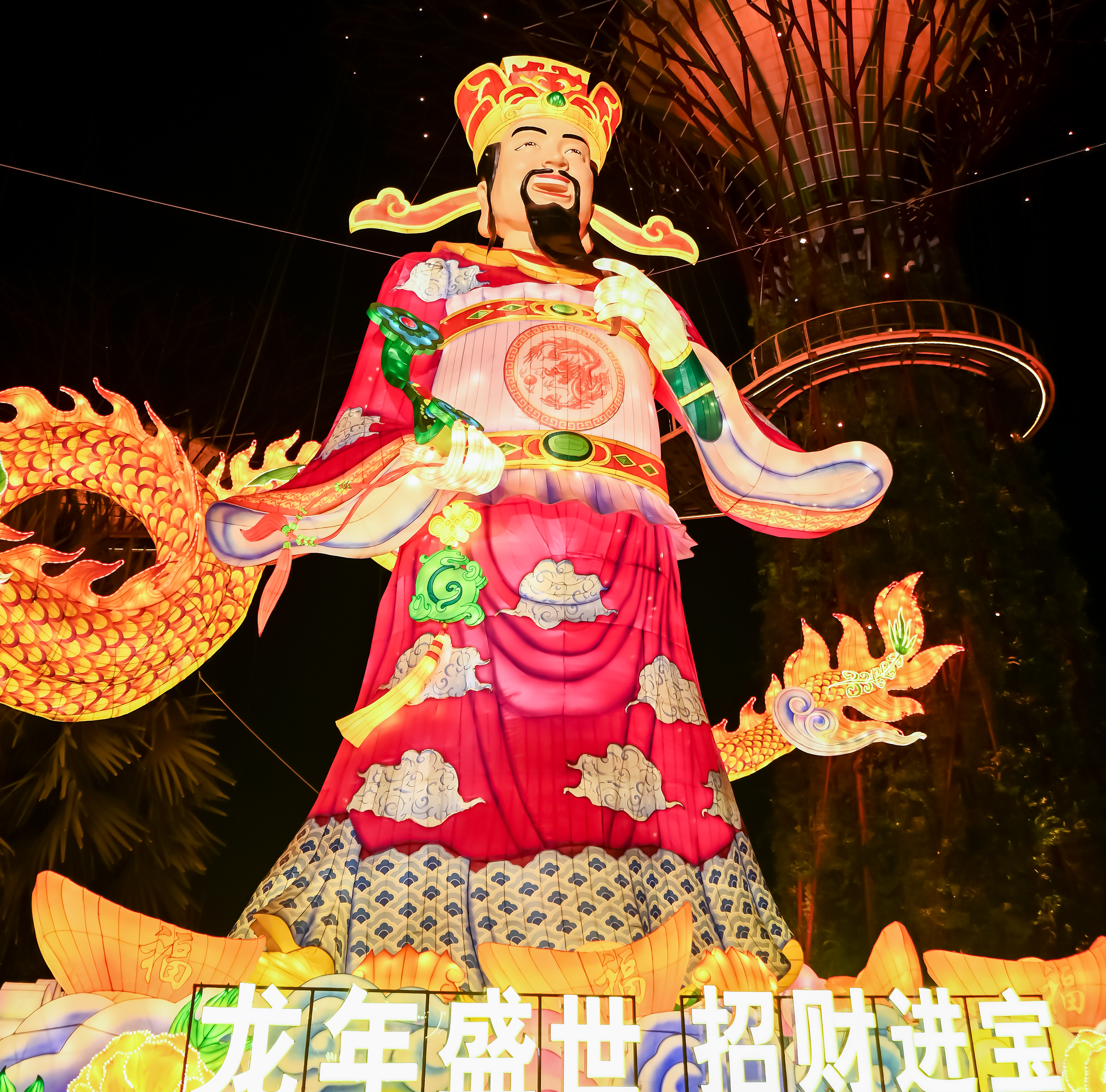|
Chinese Temple
Chinese temple architecture refer to a type of structures used as place of worship of Chinese Buddhism, Taoism, Confucianism, or Chinese folk religion, where people revere ethnic Chinese gods and ancestors. They can be classified as: * '' miào'' () or ''diàn'' (), simply means "temple" and mostly enshrines gods of the Chinese pantheon, such as the Dragon King, Tudigong or Matsu; or mythical or historical figures, such as Guandi or Shennong. * '' cí'' (), ''cítáng'' (), ''zōngcí'' () or ''zǔmiào'' (), referring to ancestral temples, mostly enshrining the ancestral gods of a family or clan. * Taoist temples and monasteries: ''guàn'' or '' dàoguàn''; and * Chinese Buddhist temples and monasteries: ''sì'' or ''sìyuàn'' * Temple of Confucius which usually functions as both temple and town school: '' wénmiào'' or '' kŏngmiào''. * Temples of City God (), which worships the patron God of a village, town or a city. * Smaller household shrines or vot ... [...More Info...] [...Related Items...] OR: [Wikipedia] [Google] [Baidu] [Amazon] |
Ancestral Temples
An ancestral shrine, hall or temple ( or , ; Chữ Hán: ; ), also called lineage temple, is a temple dedicated to deified ancestors and progenitors of surname lineages or families in the Chinese tradition. Ancestral temples are closely linked to Confucian philosophy and culture and the emphasis that it places on filial piety. A common central feature of the ancestral temples are the ancestral tablets that embody the ancestral spirits.Edward L. Davis (Editor), Encyclopedia of Contemporary Chinese Culture, Routledge, 2004 The ancestral tablets are typically arranged by seniority of the ancestors. Altars and other ritual objects such as incense burners are also common fixtures. Ancestors and gods can also be represented by statues. The temples are used for collective rituals and festivals in honor of the ancestors but also for other family- and community-related functions such as weddings and funerals. Sometimes, they serve wider community functions such as meetings and local ... [...More Info...] [...Related Items...] OR: [Wikipedia] [Google] [Baidu] [Amazon] |
Fashi
Chinese ritual mastery traditions, also referred to as ritual teachings (, sometimes rendered as "Faism"), Folk Taoism (), or Red Taoism (mostly in east China and Taiwan), constitute a large group of Chinese orders of ritual officers who operate within the Chinese folk religion but outside the institutions of official Taoism. The "masters of rites", the ''fashi'' (), are also known in east China as ''hongtou daoshi'' (), meaning "redhead" or "redhat" ''daoshi'' ("masters of the Tao"), contrasting with the ''wutou daoshi'' (), "blackhead" or "blackhat" priests, of Zhengyi Taoism who were historically ordained by the Celestial Master. Zhengyi Taoism and Faism are often grouped together under the category of "''daoshi'' and ''fashi'' ritual traditions" (). Although the two types of priests have the same roles in Chinese society—in that they can marry and they perform rituals for communities' temples or private homes—Zhengyi ''daoshi'' emphasize their Taoist tradition, disting ... [...More Info...] [...Related Items...] OR: [Wikipedia] [Google] [Baidu] [Amazon] |
Taoist Priest
A ''daoshi'' () or Taoshih, translated as Taoist priest, Taoist monk, or Taoist professional is a priest in Taoism. The courtesy title of a senior is ''daozhang'' (, meaning "Tao master"), and a highly accomplished and revered is often called a . Along with Han Chinese priests, there are also many practicing ethnic minority priests in China. Some orders are monasticism, monastic (Quanzhen orders), while the majority are not (Zhengyi orders). Some of the monastic orders are hermitic, and their members practice seclusion and asceticism, ascetic lifestyles in the mountains, with the aim of becoming , or immortal beings. Nonmonastic priests live among the populace and manage and serve their own temples or popular temples. The activities of the Taoists tend to be informed by materials which may be found in the (Taotsang), or Taoist Canon; however, Taoists generally choose or inherit specific texts which have been passed down for generations from teacher to student rather than ... [...More Info...] [...Related Items...] OR: [Wikipedia] [Google] [Baidu] [Amazon] |
Priest
A priest is a religious leader authorized to perform the sacred rituals of a religion, especially as a mediatory agent between humans and one or more deity, deities. They also have the authority or power to administer religious rites; in particular, rites of sacrifice to, and propitiation of, a deity or deities. Their office or position is the "priesthood", a term which also may apply to such persons collectively. A priest may have the duty to hear confessions periodically, give marriage counseling, provide prenuptial counseling, give spiritual direction, teach catechism, or visit those confined indoors, such as the sick in hospitals and nursing homes. Description According to the trifunctional hypothesis of prehistoric Proto-Indo-European society, priests have existed since the earliest of times and in the simplest societies, most likely as a result of agricultural surplus#Neolithic, agricultural surplus and consequent social stratification. The necessity to read sacred text ... [...More Info...] [...Related Items...] OR: [Wikipedia] [Google] [Baidu] [Amazon] |
Management
Management (or managing) is the administration of organizations, whether businesses, nonprofit organizations, or a Government agency, government bodies through business administration, Nonprofit studies, nonprofit management, or the political science sub-field of public administration respectively. It is the process of managing the resources of businesses, governments, and other organizations. Larger organizations generally have three Hierarchy, hierarchical levels of managers, organized in a pyramid structure: * Senior management roles include the board of directors and a chief executive officer (CEO) or a President (corporate title), president of an organization. They set the strategic goals and policy of the organization and make decisions on how the overall organization will operate. Senior managers are generally executive-level professionals who provide direction to middle management. Compare governance. * Middle management roles include branch managers, regional managers, ... [...More Info...] [...Related Items...] OR: [Wikipedia] [Google] [Baidu] [Amazon] |
Shrine
A shrine ( "case or chest for books or papers"; Old French: ''escrin'' "box or case") is a sacred space">-4; we might wonder whether there's a point at which it's appropriate to talk of the beginnings of French, that is, when it wa ...: ''escrin'' "box or case") is a sacred space dedicated to a specific deity, ancestor worship, ancestor, hero, martyr, saint, Daemon (mythology), daemon, or similar figure of respect, wherein they are venerated or worshipped. Shrines often contain Cult image, idols, relics, or other such objects associated with the figure being venerated. A shrine at which votive offerings are made is called an altar. Shrines are found in many of the world's religions, including Christianity, Islam, Hinduism, Buddhism, Chinese folk religion, Shinto, indigenous Philippine folk religions, and Germanic paganism as well as in secular and non-religious settings such as a war memorial. Shrines can be found in various settings, such as churches, temples, cemeteries, or ... [...More Info...] [...Related Items...] OR: [Wikipedia] [Google] [Baidu] [Amazon] |
Sanctuary
A sanctuary, in its original meaning, is a sacred space, sacred place, such as a shrine, protected by ecclesiastical immunity. By the use of such places as a haven, by extension the term has come to be used for any place of safety. This secondary use can be categorized into human sanctuary, a safe place for people, such as a political sanctuary; and non-human sanctuary, such as an animal or plant sanctuary. Religious sanctuary ''Sanctuary'' is a word derived from the Latin , which is, like most words ending in , a container for keeping something in—in this case holy things or perhaps cherished people (/). The meaning was extended to places of holiness or safety. Its origin is the principle of independence and immunity of religious orders from "temporal" powers. In many Place of worship, religious buildings ''sanctuary'' has a specific meaning, covering part of the interior. Sanctuary as area around the altar In many Western Christianity, Western Christian traditions in ... [...More Info...] [...Related Items...] OR: [Wikipedia] [Google] [Baidu] [Amazon] |
Palace
A palace is a large residence, often serving as a royal residence or the home for a head of state or another high-ranking dignitary, such as a bishop or archbishop. The word is derived from the Latin name palātium, for Palatine Hill in Rome which housed the Roman Empire, Imperial residences. Most European languages have a version of the term (''palats'', ''palais'', ''palazzo'', ''palacio'', etc.) and many use it to describe a broader range of buildings than English. In many parts of Europe, the equivalent term is also applied to large private houses in cities, especially of the aristocracy. It is also used for some large official buildings that have never had a residential function; for example in French-speaking countries ''Palais de Justice'' is the usual name of important courthouses. Many historic palaces such as parliaments, museums, hotels, or office buildings are now put to other uses. The word is also sometimes used to describe an elaborate building used for public ent ... [...More Info...] [...Related Items...] OR: [Wikipedia] [Google] [Baidu] [Amazon] |
Caishen
Caishen () is the mythological figure worshipped in the Chinese folk religion and Taoism. He has been identified with many historical figures, viewed as his embodied forms, among whom Zhao Gongming (, Wade–Giles: ''Chao Kung-ming''; also known as Zhao Gong Yuanshuai "Lord Zhao the Marshal"), Fan Li, and Bi Gan. A large temple of Caishen was built in the 2000s in Zhouzhi, Xi'an, Shaanxi. Caishen's name is often invoked during the Chinese New Year celebrations. He is often depicted riding a black tiger and holding a golden rod. He may also be depicted with an iron tool capable of turning stone and iron into gold. Historical personages Several versions of Caishen's incarnations' political affiliation and way of deification are circulated. It is unclear whether they are genuine historical figures, though most of the stories agree that Caishen's most popular incarnation lived during the early Qin dynasty. Most probably it represents the merging of several heterogeneous le ... [...More Info...] [...Related Items...] OR: [Wikipedia] [Google] [Baidu] [Amazon] |
Zaoshen
Kitchen gods are mythical beings that represent abstract concepts such as luck or just propel the minor changes of everyday life. Little things that cannot be explained, such as losing small objects like socks in the laundry, are often attributed to these creatures because the explanation eludes the believer. See also *Di Penates *Hestia *Household deity * Jowangsin is a Korean kitchen god. * Kōjin is a Japanese kitchen god. *List of deities * Ông Táo is a Vietnamese kitchen god. * Zàojūn Kitchen gods are mythical beings that represent abstract concepts such as luck or just propel the minor changes of everyday life. Little things that cannot be explained, such as losing small objects like socks in the laundry, are often attribut ... is a Chinese kitchen god. References European mythology {{europe-myth-stub ... [...More Info...] [...Related Items...] OR: [Wikipedia] [Google] [Baidu] [Amazon] |
Chenghuangshen
A City God (), is a tutelary deity in Chinese folk religion who is believed to protect the people and the affairs of the particular village, town or city of great dimension, and the corresponding location in the afterlife. City God cults appeared over two millennia ago, and originally involved worship of a protective deity of a town's walls and moats. Later, the term came to be applied to deified leaders from the town, who serve in authority over the souls of the deceased from that town, and intervene in the affairs of the living, in conjunction with other officials of the hierarchy of divine beings. City Gods are considered above ''tudigongs'' ('lords of local land'), which themselves are above landlord deities. Name In the name ''Chenghuangshen'' (), the first character ''cheng'' () means "city wall" (a "defensive rampart"; or, by extension, "walled city") and the second character, ''huang'' (), literally means "moat". '' Shen'' () means a god. Put together, Chenghuangshen w ... [...More Info...] [...Related Items...] OR: [Wikipedia] [Google] [Baidu] [Amazon] |







